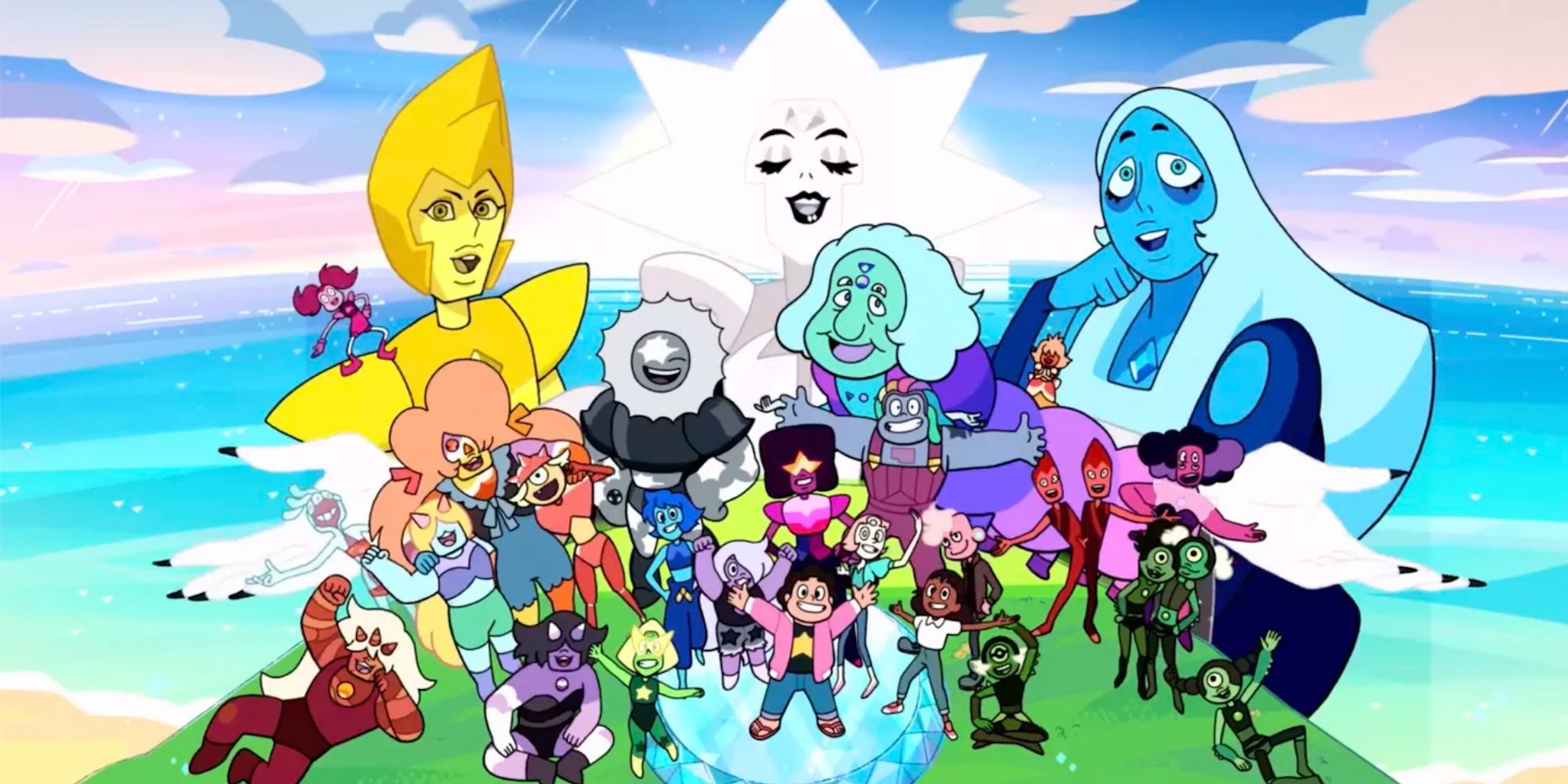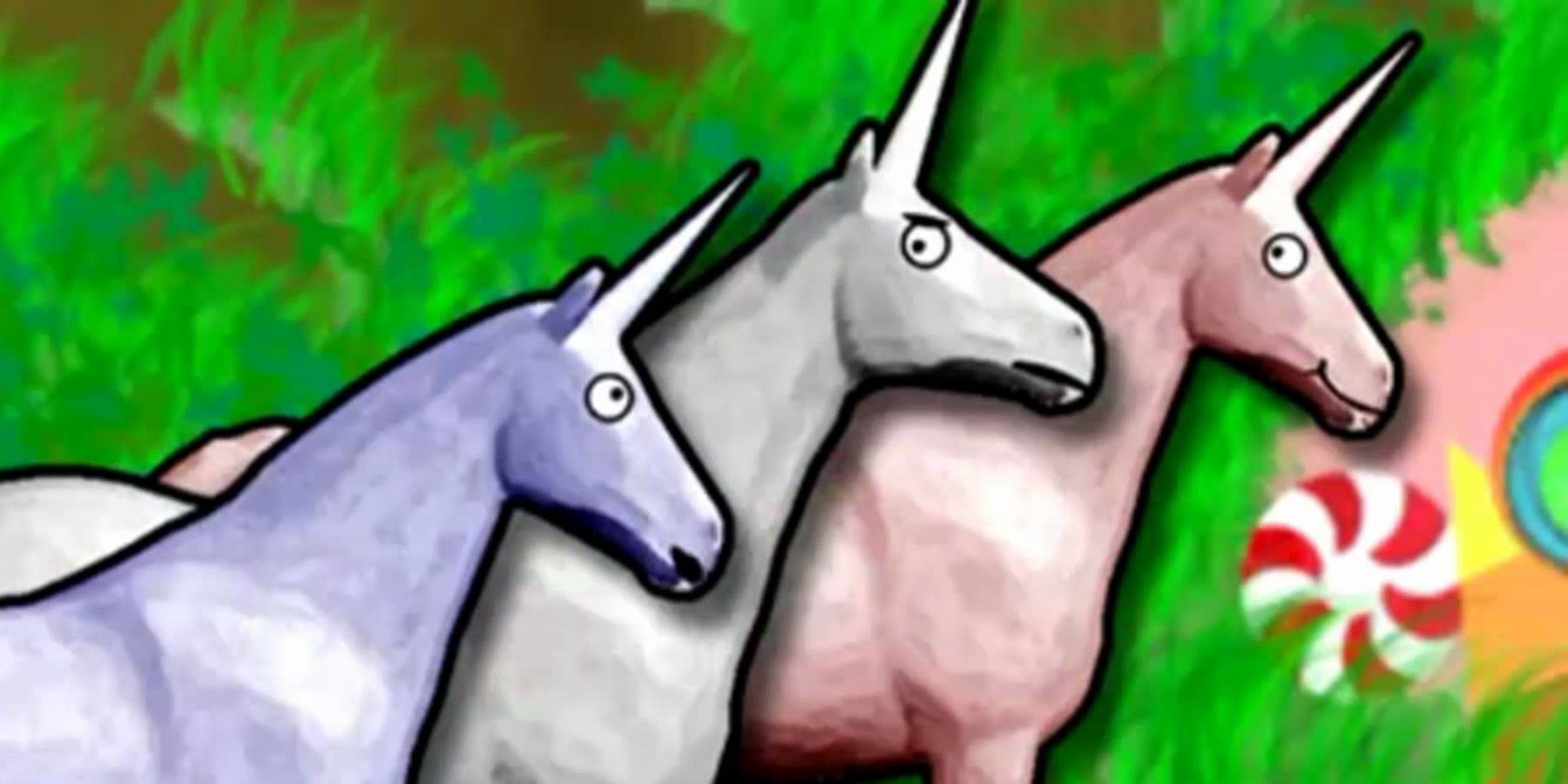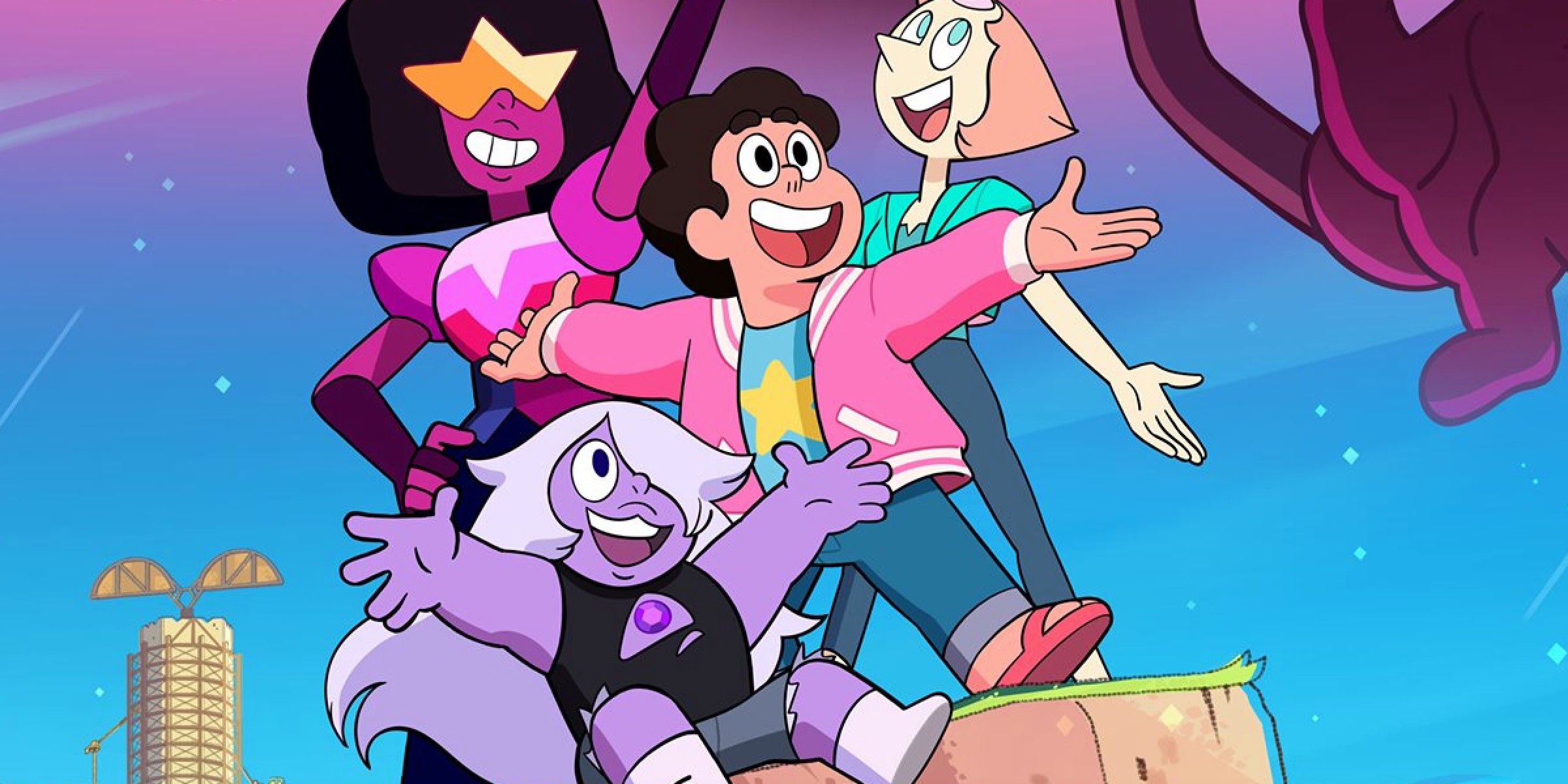For those following the discourse around American animation in recent years, they might have heard about the ongoing comparison of "CalArts style" versus "Newgrounds style." This rivalry bubbled up as a viral meme came out following the premier of Adult Swim’s Smiling Friends, developed by Cusack and Zach Hadel. Both developers are Newgrounds animators, which is the open forum named after the famous Flash website.
The controversial meme showcases a comparison of two character designs side by side, where one depiction - the CalArts one - is more put-together than the other one, calling the Newgrounds' aesthetic unfinished, chaotic and offensive. The label “CalArts style” was dubbed by the now disgraced John Kricfalusi of Ren and Stimpy, intending to dismiss films like The Iron Giant made by graduates of the California Institute of the Arts. Now this argument is applied to a wide variety of popular stylistic trends of the 2010s, regardless of whether they were made by CalArts alumni or not.
The depiction of Newgrounds content as crude and lacking in talent is unfair and misinformed. Plenty of highly successful productions have emerged from the platform, from David Firth’s strange yet endearing Salad Fingers to the likes of Jason Steele’s colorful, bizarre and hilarious Charlie the Unicorn. Both entities sparked some of the most prevalent memes and viral videos of their time and set off a new culture of distributing animation in the early days of the Internet. These moments of fame were the start of sharing never-before-seen, creative projects that would have otherwise circulated only among a close circle of friends.
The reality is that these highly imaginative productions were all one big step ahead of Youtube’s surge in popularity. Newground's founder and computer programmer Tom Fulps developed the gaming and animation community, circa 1995, in order to side with individual creators of all levels and their independent pursuits. The website continues to function today as a safe place for amateur and established artists to throw their latest work out into the world.
On the other side of this competition, there is the judgement that the CalArts portfolio and its artistic style is overly simplistic, mass produced and lacking in originality and effort. The idea is that this style is favored by the curriculum and therefore pushed onto its students. More specifically, the criticism centers on the supposed redundant character design of a bean-shaped head and smile with supposedly basic outlining. Top-chart shows like The Amazing World of Gumball, Gravity Falls, Fairly Oddparents, Adventure Time and Steven Universe all fall under this category, despite their distinct differences.
RELATED: Rick and Morty Zoom Backgrounds Will Make Your Quarantine Even Weirder
Often these types of criticisms go back to the idea that there are only two paths when it comes to working in the toon industry; formal education that reflects an institution or DIY self-expression that supports free independence and embraces the messy, organic process of animation. These are massive over-generalizations and reductions of these productions.
People continue to grapple with the question of what makes an animation style original. Fans may want to view things as one way or the other, but, as with any art form, these premises live in the gray zone. Both the CalArts and Newgrounds platforms have produced some of the most legitimate concepts, unforgettable characters and dreamy realms, and they've both spawned dedicated fan bases.
Every creators' art style is unique in their own way, from character dynamics and relationships, to running themes, to the pace of dialogue. These shows all take risks one episode at a time, whether that's based on the design or the plot. Every title, in the beginning, is a shot in the dark, competing with countless others for a chance to air, and when they do make it, the argument about whether they're CalArts style or Newgrounds style doesn't matter in the end.



